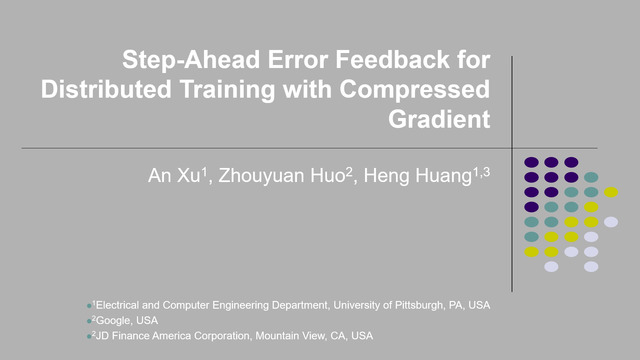Abstract:
Disobeying the classical wisdom of statistical learning theory, modern deep neural networks generalize well even though they typically contain millions of parameters. Recently, it has been shown that the trajectories of iterative optimization algorithms can possess \emph{fractal structures}, and their generalization error can be formally linked to the complexity of such fractals. This complexity is measured by the fractal's \emph{intrinsic dimension}, a quantity usually much smaller than the number of parameters in the network. Even though this perspective provides an explanation for why overparametrized networks would not overfit, computing the intrinsic dimension (\eg, for monitoring generalization during training) is a notoriously difficult task, where existing methods typically fail even in moderate ambient dimensions. In this study, we consider this problem from the lens of topological data analysis (TDA) and develop a generic computational tool that is built on rigorous mathematical foundations. By making a novel connection between learning theory and TDA, we first illustrate that the generalization error can be equivalently bounded in terms of a notion called the 'persistent homology dimension' (PHD), where, compared with prior work, our approach does not require any additional geometrical or statistical assumptions on the training dynamics. Then, by utilizing recently established theoretical results and TDA tools, we develop an efficient algorithm to estimate PHD in the scale of modern deep neural networks and further provide visualization tools to help understand generalization in deep learning. Our experiments show that the proposed approach can efficiently compute a network's intrinsic dimension in a variety of settings, which is predictive of the generalization error.









































